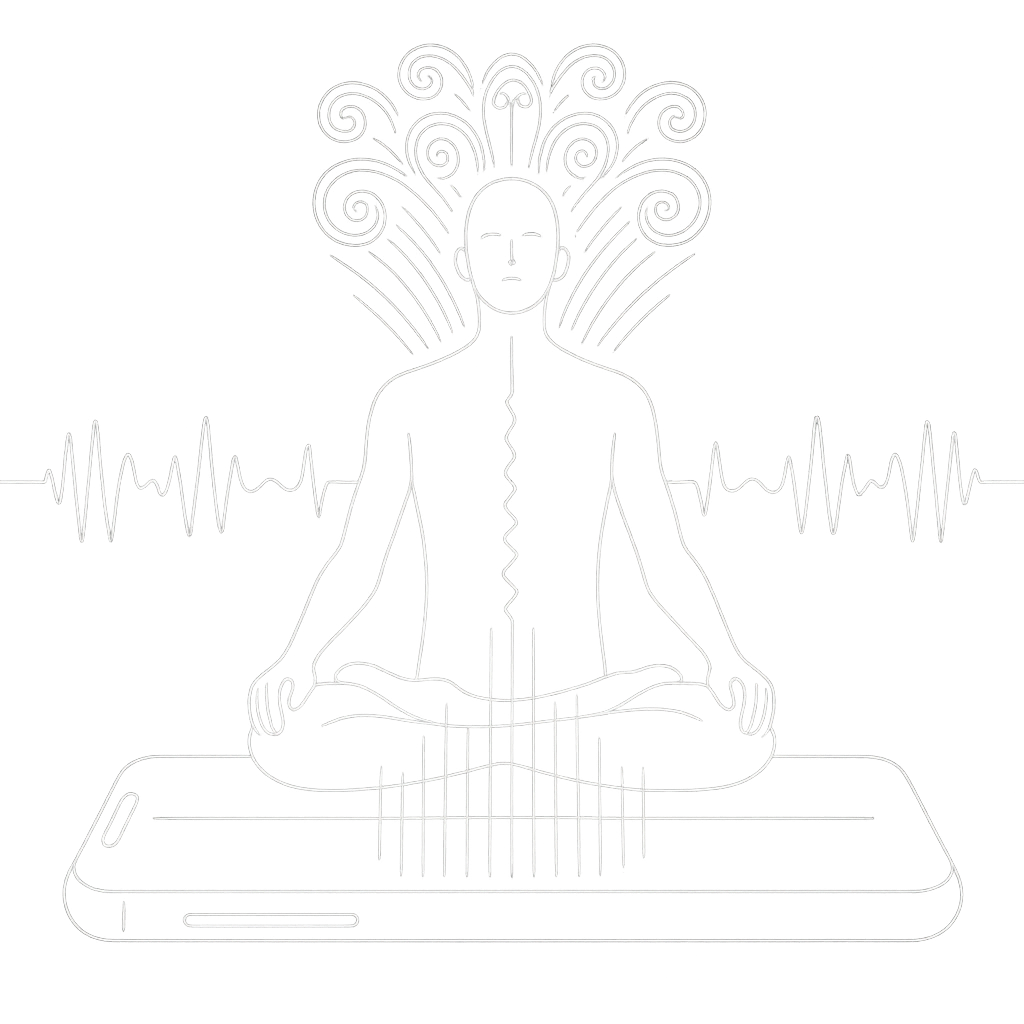Heart Rate Monitor (BPM)
Measure your heart rate in real time using your device camera. Learn how it works, how to get accurate readings, and how to interpret results—privately and on‑device. HzPro is not a medical device.
What It Is and How It Works
HzPro uses photoplethysmography (PPG): a light‑based technique where your camera and flash detect tiny blood volume changes in your fingertip to estimate BPM (beats per minute).
Photoplethysmography (PPG) Basics
Each heartbeat changes the amount of light absorbed by your fingertip. The camera records these changes as a waveform. HzPro filters this signal and estimates your BPM in real time.
- Optical sensing via camera + flash
- Signal processing to reduce noise and motion artefacts
- Rolling average for a stable BPM reading
Privacy & Processing
All processing is done on your device. No images or health data are sent to servers. If you save readings, they remain on your device unless you explicitly choose to sync. See our Privacy Policy.
→ Learn About Heart Rate Monitoring
How to Measure Accurately
Follow these steps for the best results. Sit still and relax for a minute before measuring.
1) Prepare
Clean the camera lens. Warm your hands if cold. Remove thick cases that block the flash or camera.
2) Position
Gently place the pad of your fingertip over the camera and flash. Do not press hard—light pressure is best.
3) Stay Still
Remain still and breathe normally. Avoid bright ambient light shining directly into the camera.
4) Measure
Start the reading and wait ~30–60 seconds for stability. Review the average BPM and optionally save.
Accuracy Tips & Troubleshooting
PPG with a phone camera can be reliable with good technique. Here’s how to improve consistency.
Best Practices
- Use gentle pressure; avoid squeezing the fingertip
- Minimise movement and talking during the reading
- Prefer moderate room temperature; warm hands improve signal
- Avoid direct sunlight on the lens
If Readings Jump
- Reposition your finger to cover the camera/flash evenly
- Wipe the lens; remove phone case if it blocks the flash
- Try a different finger (index or middle)
- Rest 1–2 minutes, then measure again
Understanding “Stress” Indicators
Displayed levels are based on stability and variability of the optical signal (a general wellness cue). They are not medical diagnoses.
Interpreting Results
Typical adult resting heart rate is often cited as ~60–100 BPM; trained athletes may be lower. Your normal varies—track trends over time.
Resting vs Active
Measure resting BPM when you’re calm and seated. After activity, BPM will be higher—allow 3–5 minutes before measuring resting rate.
Trends Matter
Day‑to‑day patterns can be more helpful than a single value. Notice how sleep, stress, hydration, or caffeine affect your readings.
When to Seek Advice
If you notice unusually high/low BPM or symptoms like dizziness, chest pain, or shortness of breath, stop using the app and consult a qualified clinician.
Safety & Important Notices
HzPro’s heart rate feature is for wellness and education only—it does not diagnose, treat, or monitor medical conditions.
- Not for users with photosensitivity or conditions aggravated by bright light
- Do not press the flash against the fingertip for extended periods—take breaks if warm
- Avoid use with finger injuries, infections, or poor circulation
- Irregular rhythms (e.g., arrhythmias) may reduce accuracy—seek medical devices for clinical use
- Read our Medical Disclaimer
Heart Rate Monitor FAQ
Is this as accurate as a chest strap ECG?
No. PPG via camera is convenient and can be accurate at rest, but ECG‑grade sensors are typically more precise—especially during exercise.
Does HzPro store my heart rate data?
By default, processing is on‑device and readings are not uploaded. If you choose to save, data remain on your device unless you explicitly sync. See our Privacy Policy.
Can I measure heart rate variability (HRV)?
The app provides general stress indicators from signal stability. For clinical HRV, use dedicated devices and consult professional guidance.
Will it work for everyone?
Signal quality can vary due to skin tone, circulation, ambient light, temperature, and motion. Try different fingers and follow the accuracy tips.
Try HzPro Heart Rate Monitor
Install the iOS app and start measuring your BPM in seconds—private, on‑device, and easy to use.
Download on the App Store